News
How Much Battery Will The Tesla Model 3 Need?
The Tesla Model III will be 20% smaller than the Model S, have 200 miles of range and cost $35,000. How big a battery will it need to meet those goals?
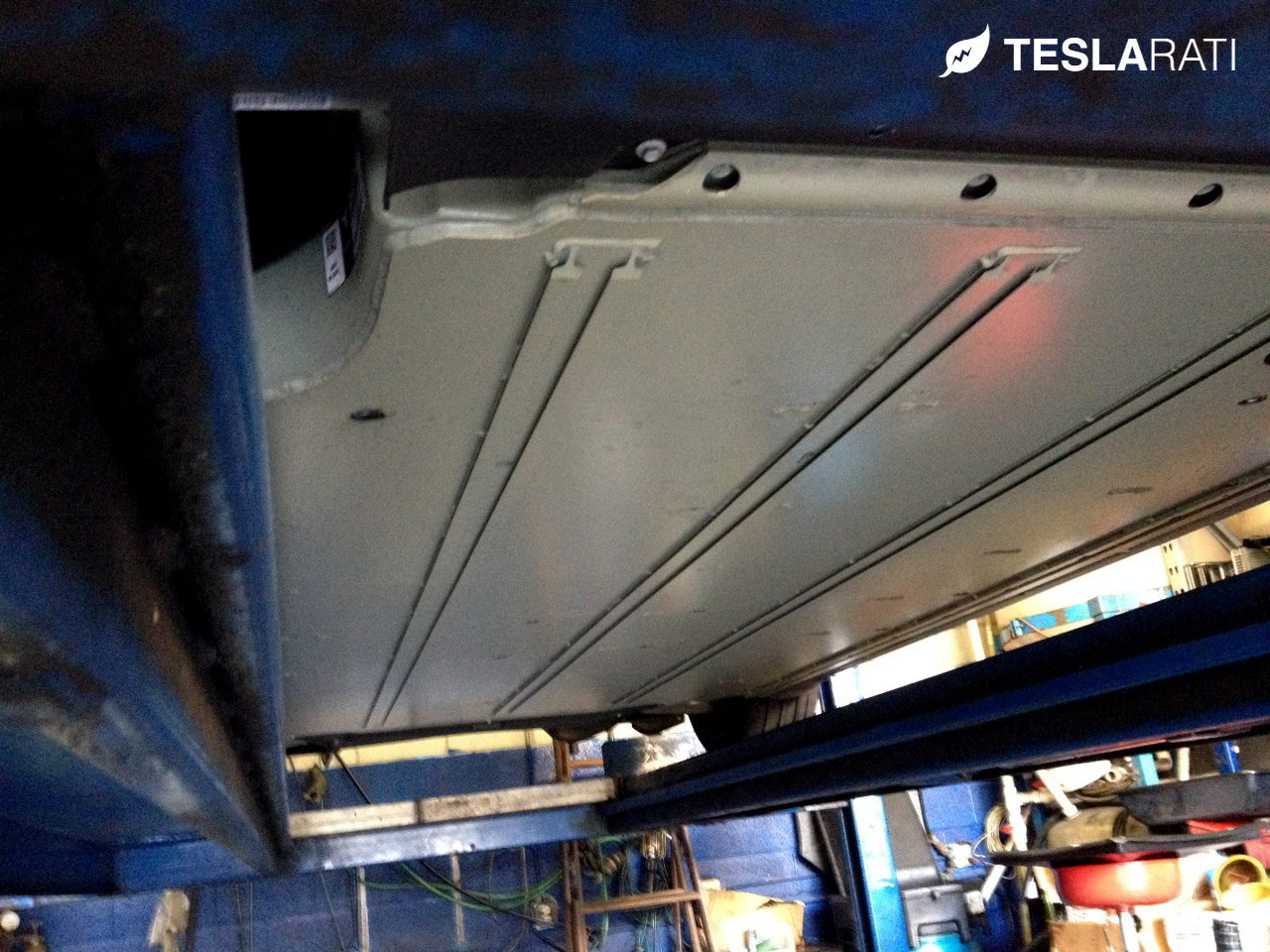
The only thing we know for sure about the upcoming Tesla Model III is that it will have at least 200 miles of range because that’s the target Elon Musk has announced. He may underperform when it comes to bringing products to market on time, but when they get there, they meet or exceed every design parameter.
Musk has also announced the Model III will be about 20% smaller than the Model S, which suggests it will weigh somewhat less. How much less is open to debate, as getting the cost down to an affordable $35,000 selling price will probably mean less use of expensive alloys and more use of good old fashioned steel. Those price concerns imply a smaller battery than either of the ones currently available in the Model S.
That question then becomes, how small a battery will give the Model III the range it needs at the price promised? The answer, according to Siddharth Dalal at Seeking Alpha, is somewhere between 50 kWh and 60 kWh. Keep in mind, the company says there will be several versions of the Model III — eventually. One will likely be a sedan but an SUV or crossover is also definitely in the works. Elon Musk says there may be various performance versions of the car from mild to wild, just as there are for the Model S.
Musk tells us the smaller motor from the 70D will probably power the base version of the Model III. “That smaller drive unit in many ways is a precursor for the Model 3. Because it represents a significant improvement in cost, and in steady state power, and a number of other factors. It’s a second generation motor, essentially, and that’s a good pathfinder for Model 3 on the powertrain side.”
Could a 50 kWh battery and a single small electric motor give the Model III the power and range it will need to be competitive? Quite possibly. The Model III will not go into full production until 2018. The GigaFactory will be in full operation by then, so the cost of batteries should be on the decline as a result. Another question is whether the Model S battery pack will fit in the Model III. If so, a P70D could do for the Model III what the P85D did for the Model S.
If Tesla is really going to be selling 500,000 cars by 2020, a lot of them will have to be Model III’s and most of those will need to be affordable, entry level cars for mainstream buyers. They will be the Civics and Corollas of the Tesla line — efficient, affordable, and reliable family transportation. Of course, if the product mix is spiced up a bit by the occasional P70D SUV, that would be alright, too.
Chart via Seeking Alpha.
Elon Musk
Tesla board reveals reasoning for CEO Elon Musk’s new $1 trillion pay package
“Yes, you read that correctly: in 2018, Elon had to grow Tesla by billions; in 2025, he has to grow Tesla by trillions — to be exact, he must create nearly $7.5 trillion in value for shareholders for him to receive the full award.”
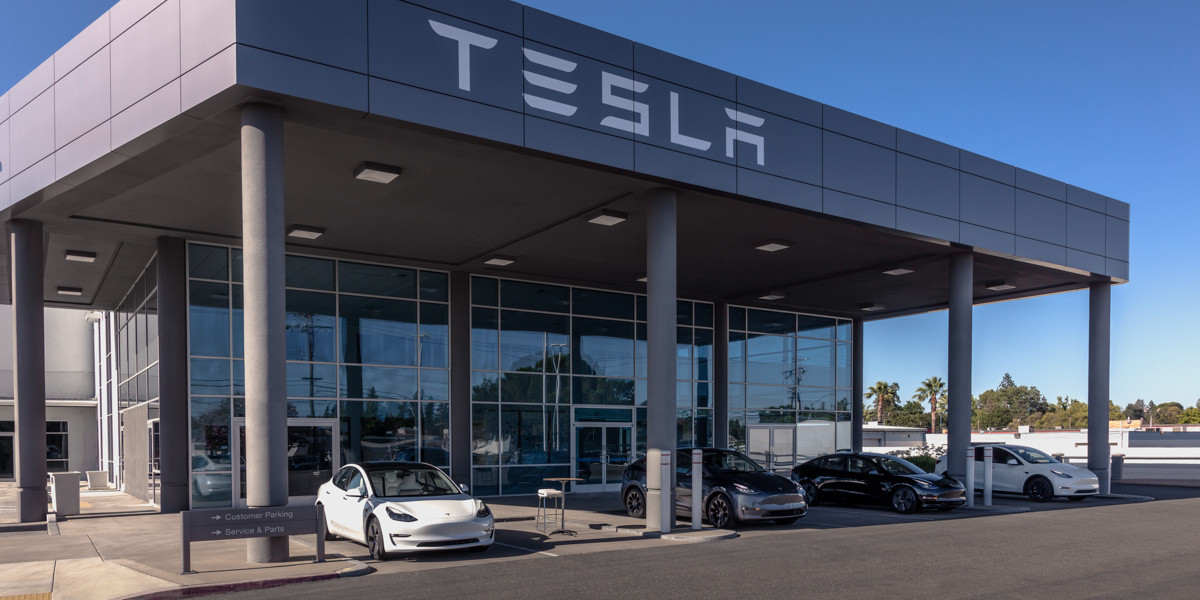
Tesla’s Board of Directors has proposed a new pay package for company CEO Elon Musk that would result in $1 trillion in stock offerings if he is able to meet several lofty performance targets.
Musk, who has not been meaningfully compensated since 2017, completed his last pay package by delivering billions in shareholder value through a variety of performance-based “tranches,” which were met and resulted in the award of billions in stock.
Elon Musk’s new pay plan ties trillionaire status to Tesla’s $8.5 trillion valuation
However, Musk was unable to claim this award due to a ruling by the Delaware Chancery Court, which deemed the payout an “unfathomable sum.”
Now, the company is taking steps to ensure Musk gets paid, as the Board feels that it is crucial to retain its CEO, who has been responsible for much of the company’s success.
This is not a statement to undermine the work of all of Tesla’s terrific employees, but a ship needs to be captained by someone, and Musk has proven he is the right person for the job.
The Board also believes that, based on a statement made by the company in its proxy, various issues will be discussed during the upcoming Shareholder Meeting.
Robyn Denholm and Kathleen Wilson-Thompson recognized Musk’s contributions in a statement, which encouraged shareholders to vote to approve the payout:
“We’re asking you to approve the 2025 CEO Performance Award. In designing the new performance award, we explored numerous alternatives. Ultimately, the new award aims to build upon the success of the 2018 CEO Performance Award framework, which ensure that Elon was only paid for the performance delivered and incentivized to guide Tesla through a period of meteoric growth. The 2025 CEO Performance Award similarly challegnes Elon to again meet a series of even more aspirational goals, including operational milestones focused on reaching Adjusted EBITDA targets (thresholds that are up to 28 times higher than the 2108 CEO Performance Award’s top Adjusted EBITDA milestone) and rolling out new or expanded product offerings (including 1 million Robotaxis in commercial operation and delivery of 1 million AI Bots), all while growing the company’s market capitalization by trillions of dollars.
Yes, you read that correctly: in 2018, Elon had to grow Tesla by billions; in 2025, he has to grow Tesla by trillions — to be exact, he must create nearly $7.5 trillion in value for shareholders for him to receive the full award.
In addition to these unprecedented performance milestones, the 2025 CEO Performance Award also includes innovative structural features, born out of the special committee’s considered analysis and extensive shareholder feedback. These features include supercharged retention (at least seven and a half years and up to 10 years to vest in the full award), structural protections to minimize stock price volatility due to administration of this award and, thereafter, incentives for Elon to participate in the Board’s continued development of a framework for long-term CEO Succession. If Elon achieves all the performance milestones under this principle-based 2025 CEO Performance Award, his leadership will propel Tesla to become the most valuable company in history.”
Musk will have a lot of things to accomplish to receive the 423,743,904 shares, which are divided into 12 tranches.
However, the Board feels he is the right person for the job, and they want him to remain the CEO. This package should ensure that he stays with Tesla, as long as shareholders feel the same way.
News
Tesla Robotaxi app download rate demolishes Uber, Waymo all-time highs
After two and a half months of testing with a group of hand-picked Tesla influencers and some media, the company has officially launched Robotaxi rides in both Austin, Texas, and the California Bay Area to the public.
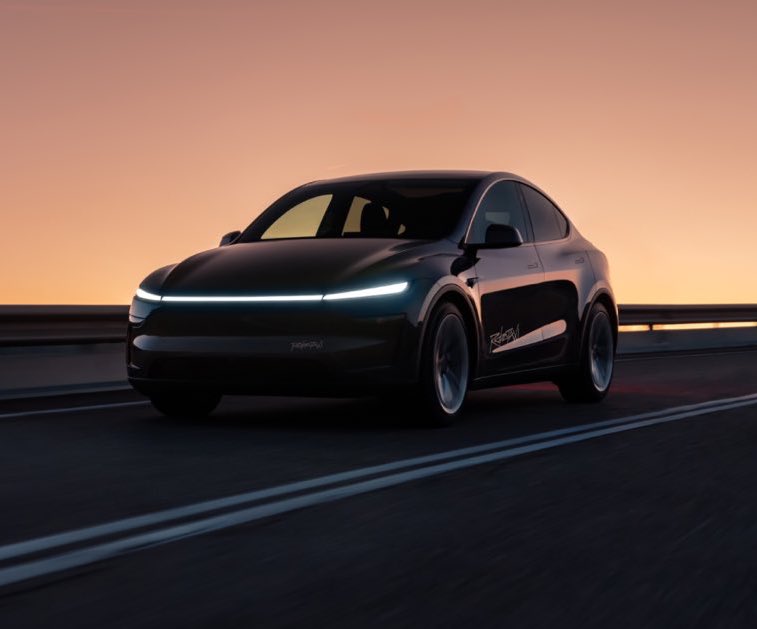
Tesla launched its Robotaxi app to the general public yesterday, and the number of downloads is a testament to the platform’s high demand for testing.
After two and a half months of testing with a group of hand-picked Tesla influencers and some media, the company has officially launched Robotaxi rides in both Austin, Texas, and the California Bay Area to the public.
Tesla Robotaxi makes major expansion with official public app launch
Downloading the app is available to iOS users, so if you have an iPhone, you can get it and join the waitlist. Tesla has not yet launched the Robotaxi app for the Android platform, but did hint that it would be coming soon.
The testing phase with the group Tesla selected has gone well. In Austin, the City has only listed one “Safety Concern” with Robotaxi during the testing phase. For the most part, things have gone extremely well, and riders have had good things to say.
Tesla is still operating with some safeguards in place, such as Safety Monitors and Safety Drivers, but these are precautionary and temporary; CEO Elon Musk has said they should be removed by the end of the year.
Elon Musk says Tesla will take Safety Drivers out of Robotaxi: here’s when
Even still, Tesla Robotaxi is something that many people want to experience, and the app downloads prove it.
The Tesla Robotaxi app was downloaded at a rate that exceeded all rolling 30-day periods of both Uber and Waymo, according to Brett Winton of ARK Invest. Tesla’s Robotaxi’s first day on the App Store exceeded Uber’s by 40 percent and Waymo’s best download day ever by six times:
Today’s Tesla Robotaxi App downloads outpaced Uber across all rolling 30 day periods by 40% and bested Waymo’s best download day ever by >6x pic.twitter.com/s9s1XTsUu2
— Brett Winton (@wintonARK) September 5, 2025
The surge in downloads is a good indication of how in demand the Robotaxi suite was, as many people within the community had vocalized their requests to try the platform, but Tesla was not ready to expand it beyond its handpicked group.
The expansion of the program will result in more rides, provided Tesla continues to expand its fleet of vehicles. It has already admitted many of those who were initially placed on the waitlist.
News
Elon Musk’s xAI expands to Seattle with salaries up to $440,000
The move was announced by the artificial intelligence startup and Elon Musk on social media platform X.

Elon Musk’s artificial intelligence startup xAI is opening a new office in Seattle as it accelerates its global expansion.
The move was announced by the artificial intelligence startup and Elon Musk on social media platform X. xAI is also hiring for its first positions in the new site.
New Seattle office
As could be seen on xAI’s Careers webpage, the Seattle office is currently hiring for three engineering roles. Each of the three technical roles tied to the new site carry salaries ranging from $180,000 to $440,000.
The new office adds to xAI’s growing presence, which now spans San Francisco, Austin, London, Dublin, New York, and Memphis. The Seattle-based roles focus on video and image generation systems, signaling Musk’s intent to challenge rivals like OpenAI and Meta in generative AI.
Pressures and challenges
Seattle also places xAI within reach of Microsoft’s headquarters in Redmond. Microsoft has emerged as a central player in the AI race through its multibillion-dollar partnership with OpenAI, making xAI’s move into the region notable. The competition for AI specialists has pushed salaries higher across the industry, with filings showing OpenAI staff earning up to $530,000 and Anthropic engineers as much as $690,000 annually, as noted by Insider.
The startup has also seen some high-profile departures in recent months, including cofounder Igor Babuschkin and general counsel Robert Keele. Still, xAI continues to grow aggressively, and its Grok large language model has been gaining momentum among mainstream users. Work also continues to be underway to further build out the company’s Colossus supercomputer cluster. Reports have also suggested that xAI has moved into San Francisco offices in the Mission District, a site Musk initially leased during OpenAI’s early years.
-
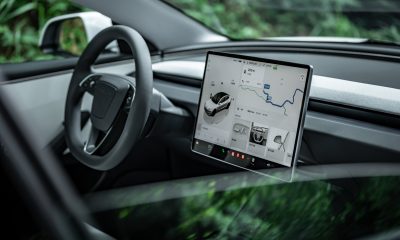
 News6 days ago
News6 days agoTesla is overhauling its Full Self-Driving subscription for easier access
-
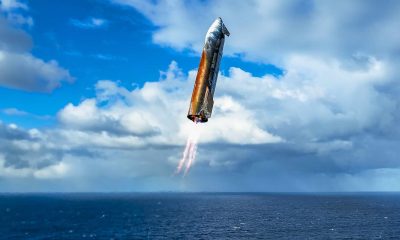
 Elon Musk1 week ago
Elon Musk1 week agoElon Musk shares unbelievable Starship Flight 10 landing feat
-
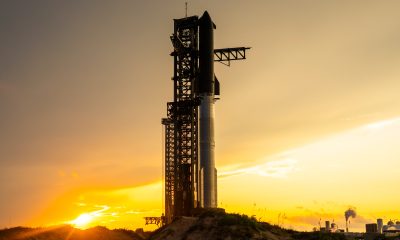
 Elon Musk1 week ago
Elon Musk1 week agoElon Musk reveals when SpaceX will perform first-ever Starship catch
-
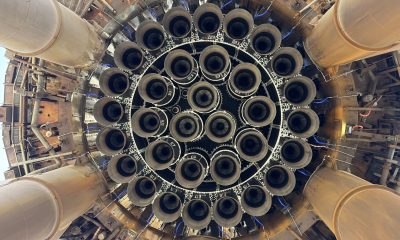
 Elon Musk1 week ago
Elon Musk1 week agoSpaceX Starship Flight 10 was so successful, it’s breaking the anti-Musk narrative
-
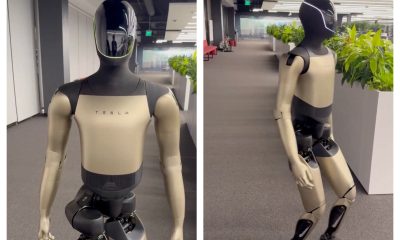
 Elon Musk2 days ago
Elon Musk2 days agoTesla’s next-gen Optimus prototype with Grok revealed
-
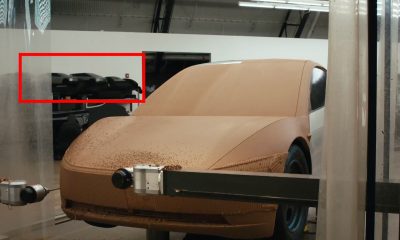
 News4 days ago
News4 days agoTesla appears to be mulling a Cyber SUV design
-
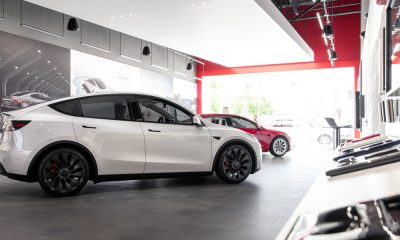
 News1 week ago
News1 week agoTesla expands crazy new lease deal for insane savings on used inventory
-
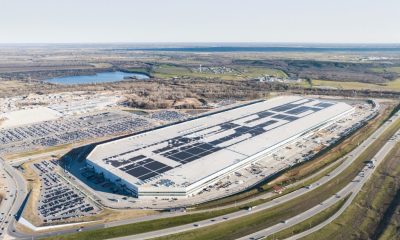
 News1 week ago
News1 week agoTesla talks Semi ramp, Optimus, Robotaxi rollout, FSD with Wall Street firm








